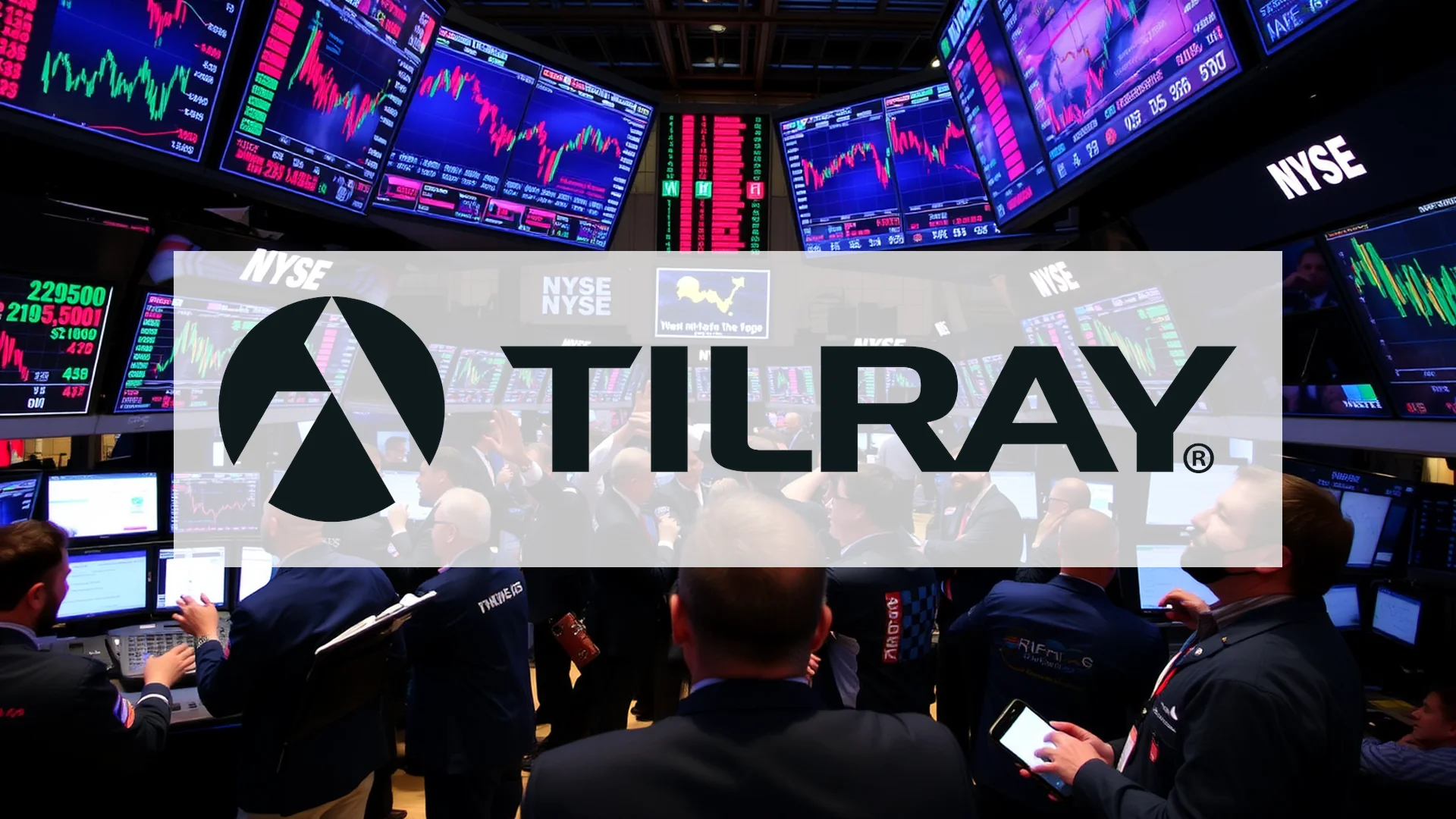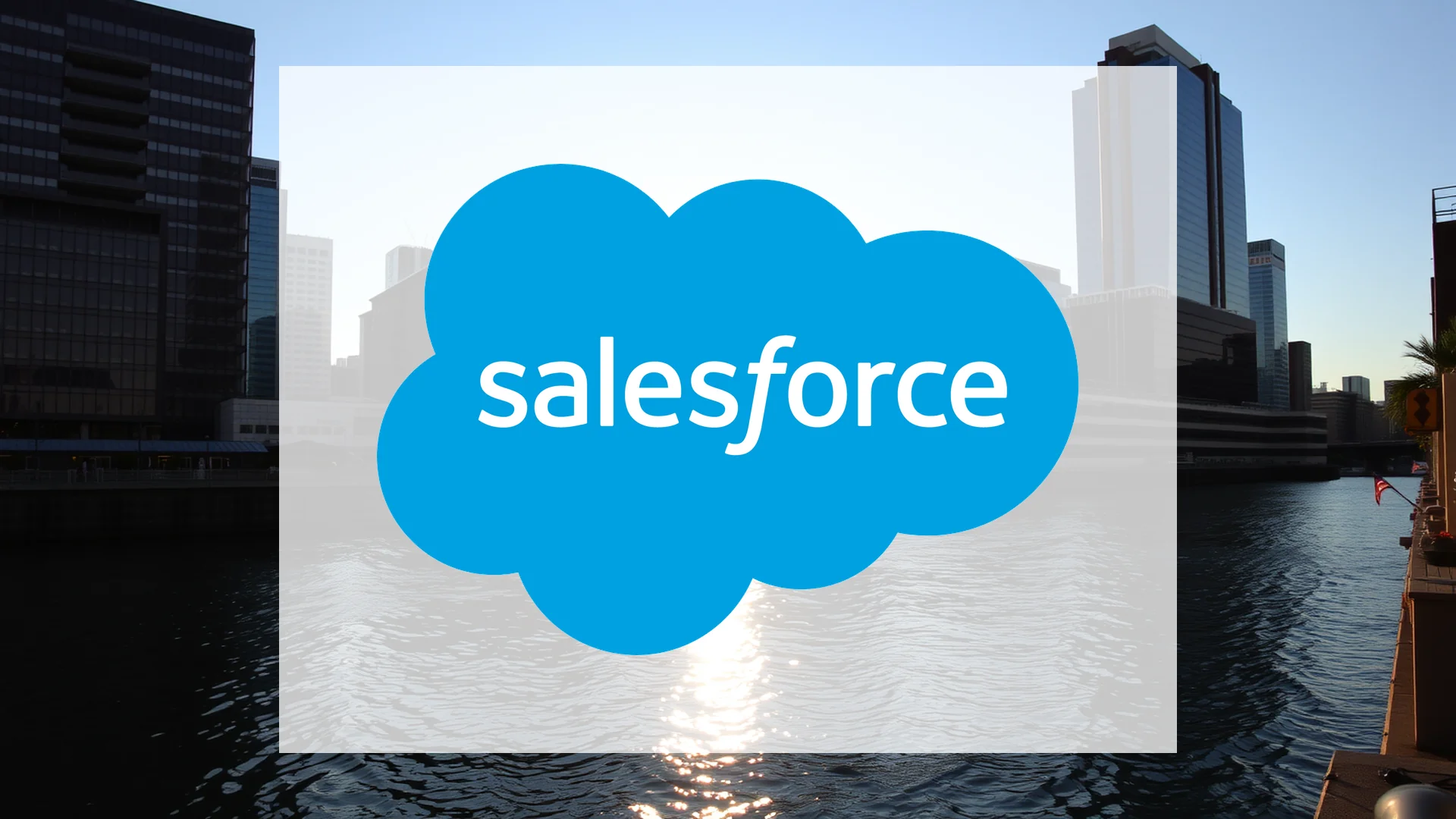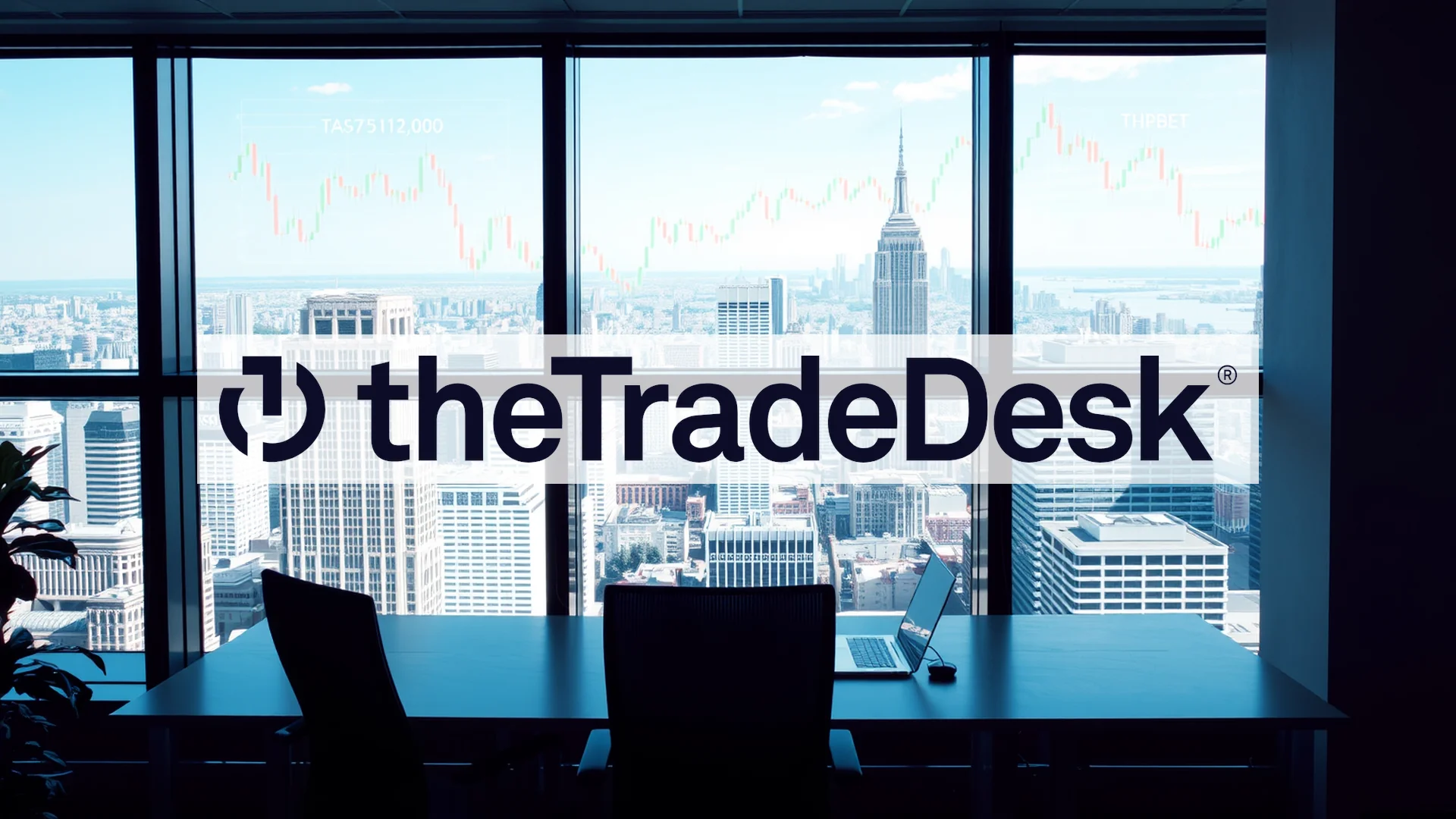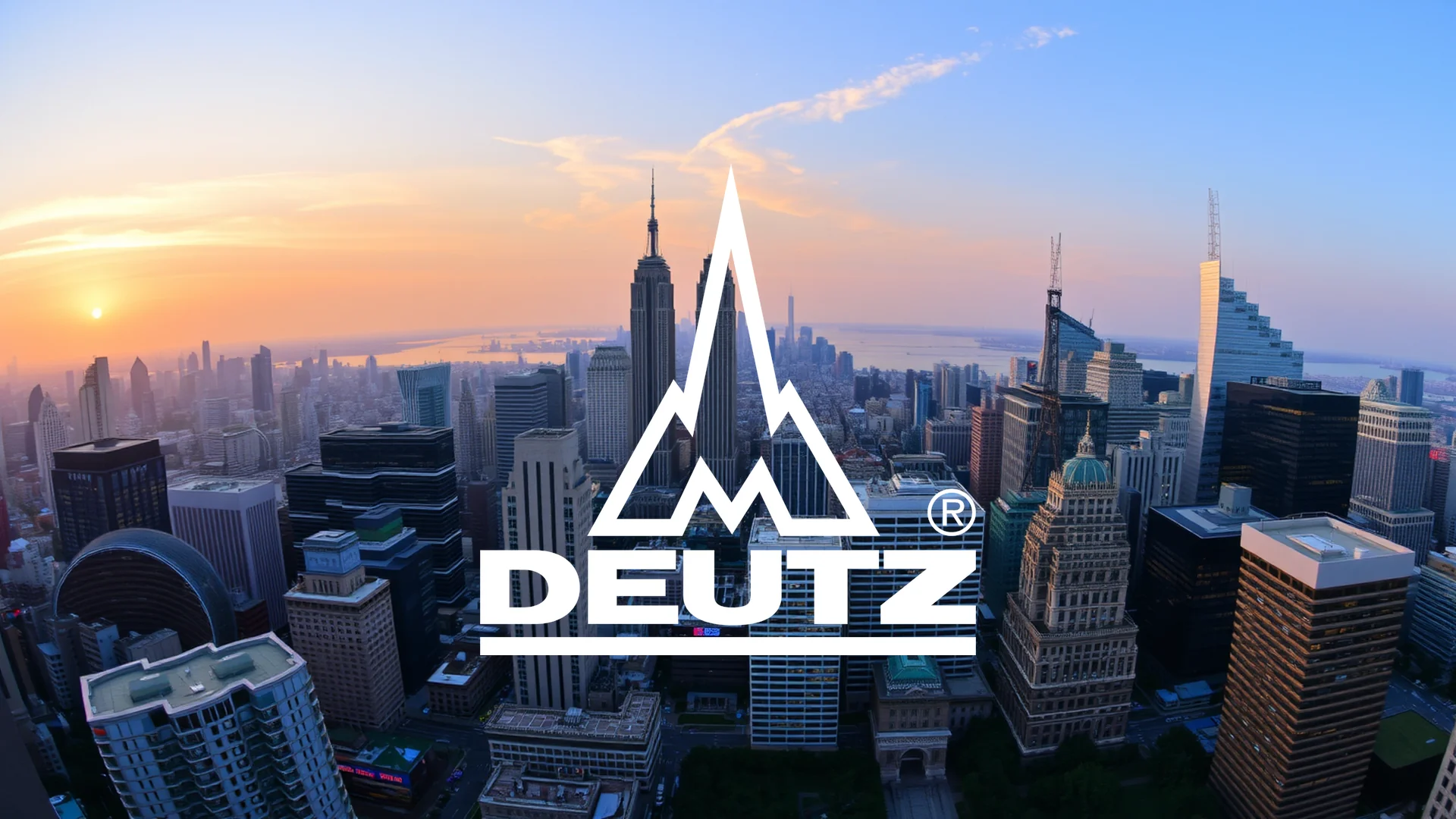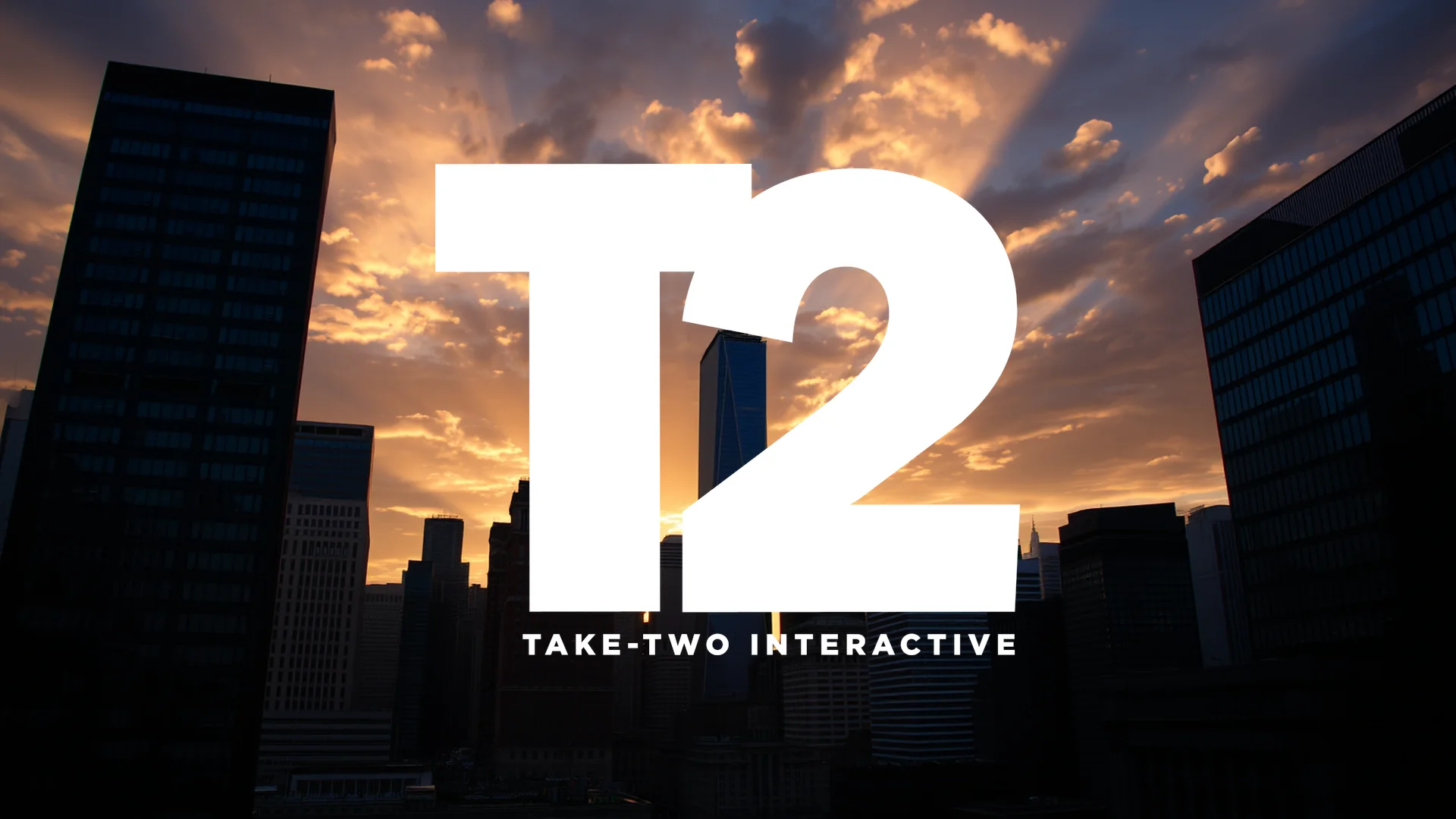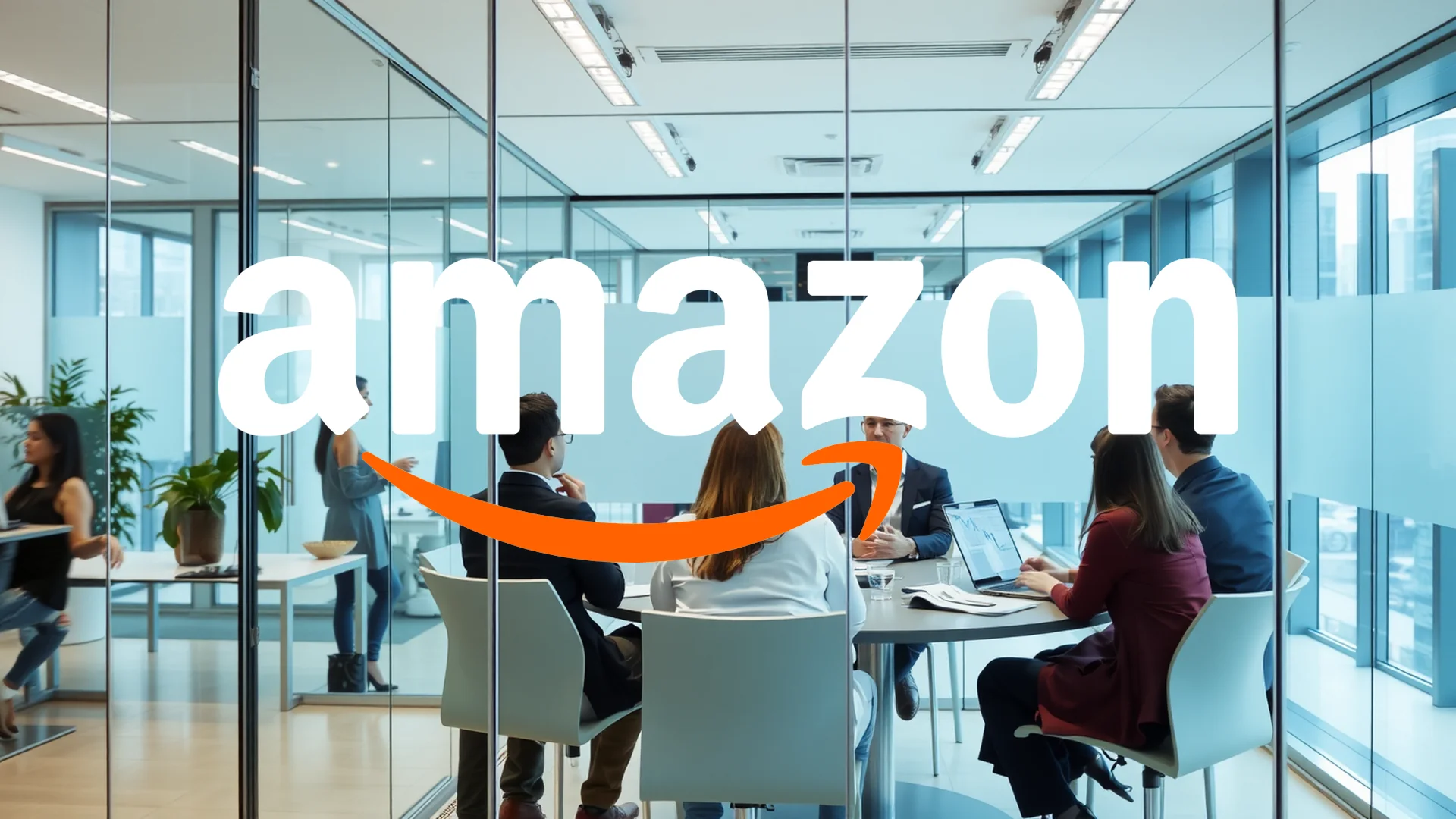The Danish pharmaceutical firm Novo Nordisk, which held the title of Europe’s most valuable corporation just a year ago, is confronting a severe downturn. Propelled by the initial excitement surrounding its weight-loss injection Wegovy, the company’s fortunes have dramatically reversed. Since the start of the year, its stock has plummeted by more than 44 percent, reaching its lowest valuation since early 2024. This collapse points to issues far more profound than a temporary market correction, raising critical questions about the company’s future trajectory.
Quarterly Results Highlight Mounting Pressures
The full scope of Novo Nordisk’s difficulties was laid bare in its third-quarter 2025 report, released on November 5. While the net profit of $3.1 billion met analyst projections, a closer look at the details reveals significant vulnerabilities:
- Stalled Growth for Ozempic: Revenue growth for this product slowed to a mere three percent, a sharp drop from the 15 percent recorded in the prior quarter.
- Sharp Slowdown in Wegovy: Year-over-year sales growth for the flagship weight-loss drug collapsed to just 18 percent, down dramatically from 67 percent in the previous period.
- Deteriorating Profitability: The company’s operating margin is under strain. Excluding restructuring charges of 9 billion kroner, the growth in operating profit would have been 21 percent.
- Repeated Forecast Cuts: For the fourth time, management downgraded its outlook, now projecting revenue growth of just 8-11 percent (down from 8-14 percent) and operating profit growth of 4-7 percent (reduced from 4-10 percent).
These figures serve as a clear warning that the company’s expansion is decelerating rapidly at a time when its rivals are accelerating.
Price War Erupts, Signaling Market Distress
In a move that underscores the intense competitive pressure, Novo Nordisk announced a drastic price cut for Wegovy in the United States on November 17, 2025. The monthly cost was reduced by 30 percent, from $499 to $349, a decision implemented ahead of the original schedule. Such a significant price reduction for a blockbuster drug is highly unusual and highlights the precarious position the company finds itself in.
This strategic shift is a direct response to fierce competition. Rival Eli Lilly has captured substantial market share with its therapies Mounjaro and Zepbound. Over the last twelve months alone, Novo Nordisk has surrendered approximately nine percent of the combined obesity and diabetes medication market. The situation is further exacerbated by the widespread availability of lower-cost generic alternatives in the U.S., which continue to intensify pricing pressures.
Costly Acquisition Battle and Internal Restructuring
Compounding its operational challenges, Novo Nordisk has become embroiled in an expensive bidding war for the U.S. biotech firm Metsera. The initial offer of $9 billion was increased to $10 billion in November, with competitor Pfizer also involved and having filed several lawsuits alleging anti-competitive behavior.
Should investors sell immediately? Or is it worth buying Novo Nordisk?
While CEO Mike Doustdar has stated the company would only proceed with the Metsera acquisition if it could “be certain of completing the deal,” this desperate pursuit of external innovation casts doubt on the strength of its internal research and development pipeline. Valuable financial resources and management attention are being diverted to this corporate takeover struggle while fundamental business problems remain unaddressed.
Simultaneously, the company revealed plans to eliminate approximately 9,000 positions globally. This restructuring initiative, aimed at saving 8 billion kroner annually by 2026, is a clear admission that its current cost structure is misaligned with the new market reality. These restructuring expenses are already significantly impacting quarterly earnings, indicating a company grappling with internal inefficiencies and a production base that has become too costly.
Failure to Capitalize on the U.S. Market
The United States was supposed to be the primary engine for growth, yet Novo Nordisk has so far failed to tap into its full potential. The company’s obesity medications are currently reaching just one million patients in the U.S.—a mere third of the addressable market. A combination of factors is to blame, including pricing pressure from government negotiations, uncertain Medicare coverage, and the aggressive competition from Eli Lilly and generic manufacturers.
Pipeline and Innovation Concerns
Novo Nordisk often points to its R&D pipeline, which includes combination therapies like CagriSema and oral formulations of Semaglutid. However, regulatory uncertainties and delays in the approval process are tempering market expectations. Furthermore, the aggressive hunt for external acquisition targets speaks volumes, suggesting that its own innovation engine may be insufficient to keep pace with competitors.
The declining share price reflects these growing doubts. Investors are now rightly questioning whether Novo Nordisk can permanently defend its leadership position in the lucrative GLP-1 market.
Ad
Novo Nordisk Stock: Buy or Sell?! New Novo Nordisk Analysis from November 18 delivers the answer:
The latest Novo Nordisk figures speak for themselves: Urgent action needed for Novo Nordisk investors. Is it worth buying or should you sell? Find out what to do now in the current free analysis from November 18.
Novo Nordisk: Buy or sell? Read more here...


